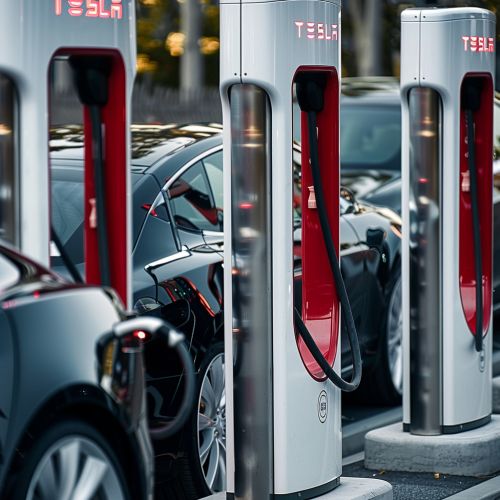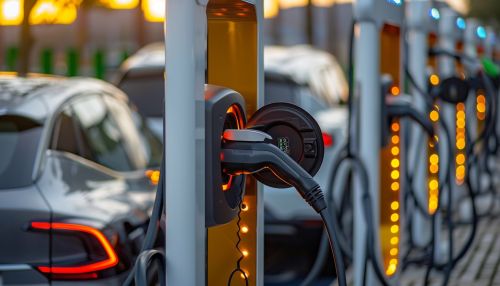Ultra-Fast Charging
Introduction
Ultra-fast charging (UFC) refers to advanced charging technologies that significantly reduce the time required to recharge batteries, particularly in electric vehicles (EVs) and portable electronic devices. This article delves into the technical aspects, innovations, and challenges associated with ultra-fast charging, providing a comprehensive understanding of this cutting-edge technology.
Background and Importance
The increasing adoption of electric vehicles and the proliferation of portable electronic devices have driven the demand for faster and more efficient charging solutions. Ultra-fast charging addresses the limitations of conventional charging methods, which often require several hours to fully recharge a battery. By reducing charging times to mere minutes, ultra-fast charging enhances the convenience and usability of battery-powered devices, thereby promoting their widespread adoption.
Technical Overview
Battery Chemistry
The performance of ultra-fast charging is heavily influenced by the chemical composition of the battery. Lithium-ion batteries, which are commonly used in EVs and portable electronics, have undergone significant advancements to support ultra-fast charging. Innovations such as silicon anodes, solid-state electrolytes, and advanced cathode materials have been developed to enhance the charging rate and overall efficiency of these batteries.
Charging Infrastructure
Ultra-fast charging requires specialized infrastructure capable of delivering high power levels. This includes high-capacity charging stations equipped with advanced cooling systems to manage the heat generated during the charging process. The development of standardized connectors and communication protocols is also crucial to ensure compatibility and interoperability between different charging systems and vehicles.
Power Electronics
The role of power electronics in ultra-fast charging cannot be overstated. High-efficiency power converters, inverters, and rectifiers are essential components that facilitate the rapid transfer of energy from the charging station to the battery. Innovations in semiconductor materials, such as silicon carbide (SiC) and gallium nitride (GaN), have enabled the development of power electronics that can handle higher voltages and currents with minimal losses.
Challenges and Solutions
Thermal Management
One of the primary challenges in ultra-fast charging is managing the heat generated during the process. Excessive heat can degrade battery performance and reduce its lifespan. Advanced thermal management systems, including liquid cooling and phase change materials, are employed to dissipate heat efficiently and maintain optimal operating temperatures.
Battery Degradation
Repeated ultra-fast charging can accelerate battery degradation, leading to reduced capacity and shorter lifespan. Researchers are exploring various strategies to mitigate this issue, such as optimizing charging algorithms, developing more robust battery materials, and implementing smart charging systems that adjust the charging rate based on the battery's state of health.
Grid Impact
The widespread adoption of ultra-fast charging poses significant challenges to the electric grid. High-power charging stations can create substantial demand spikes, potentially leading to grid instability. Solutions such as energy storage systems, demand response programs, and grid modernization efforts are being pursued to address these challenges and ensure reliable power supply.
Applications and Future Prospects
Electric Vehicles
Ultra-fast charging is particularly transformative for the electric vehicle industry. By reducing charging times to under 30 minutes, it addresses one of the main barriers to EV adoption—range anxiety. Major automakers and technology companies are investing heavily in the development and deployment of ultra-fast charging networks to support the growing EV market.
Portable Electronics
In the realm of portable electronics, ultra-fast charging enhances the user experience by minimizing downtime. Smartphones, laptops, and other battery-powered devices can benefit from rapid charging technologies, allowing users to quickly recharge their devices and stay connected.
Future Innovations
The future of ultra-fast charging holds exciting possibilities. Emerging technologies such as wireless charging, bidirectional charging, and vehicle-to-grid (V2G) systems are poised to further revolutionize the way we charge and use battery-powered devices. Continued research and development in battery chemistry, power electronics, and charging infrastructure will drive the evolution of ultra-fast charging and unlock new opportunities for innovation.
See Also
- Battery Management System
- Electric Vehicle Charging Station
- Solid-State Battery
- Wireless Power Transfer


